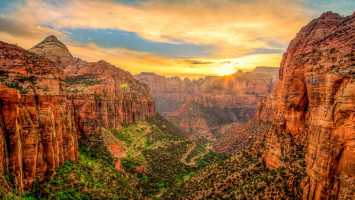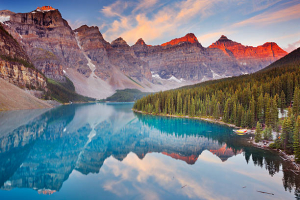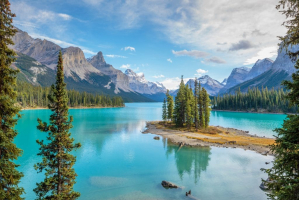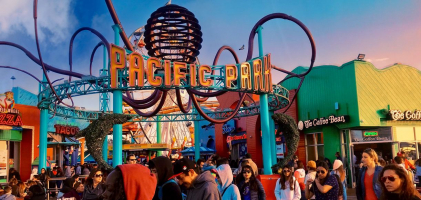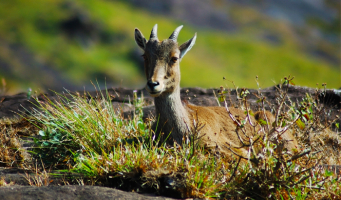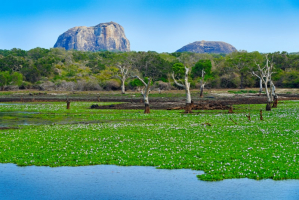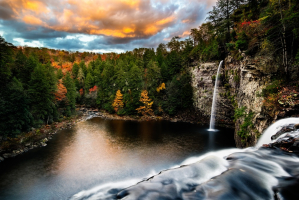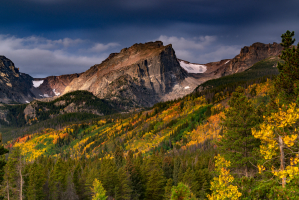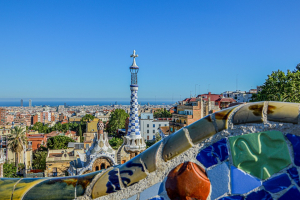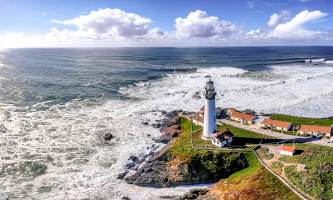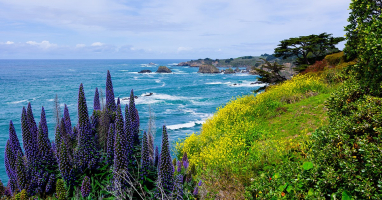Top 10 Best National Parks in California
California's geographic diversity is by far its most valuable asset. It's unusual to be able to go to the beach, hike mountains, explore dense forests, and ... read more...wander through the desert all in the same state. But in California, anything is possible. The Golden State has the most national parks of any state in the country, not to mention numerous other National Park Service-designated sites and monuments. To assist you in selecting the best places to visit, Toplist will introduce the best national parks in California that you may know!
-
Yosemite, the state's crown jewel natural area, exemplifies the sheer natural beauty and charm of the Sierra Nevada Mountains in Central California. Yosemite has attracted famous photographers, naturalists, and rock climbers over its century-plus tenure as a national park, and it now attracts over four million visitors from around the world each year. While many visitors spend their time admiring the spectacular sights of Yosemite Valley, there is plenty of space within the park's 1,100 square miles to have a more personal experience.
Some of the park's most iconic features are the monolithic granite peaks El Capitan and Half Dome, which tower over the valley. These impressive rock features are often a cornerstone experience of visiting the park, whether appreciating their vistas from places like Tunnel View or obtaining a sought-after permit to hike to the top of Half Dome. Hiking, history, and wildlife viewing are all common aspects of any Yosemite visit, and visitors can get a taste of it all at Tuolumne Meadows. Things to do in the Sierra Nevada Mountains are available all year. In the summer, take advantage of the hiking trails and campgrounds. In the winter, there are fewer people and more opportunities to ski, snowshoe, and enjoy the peaceful surroundings.
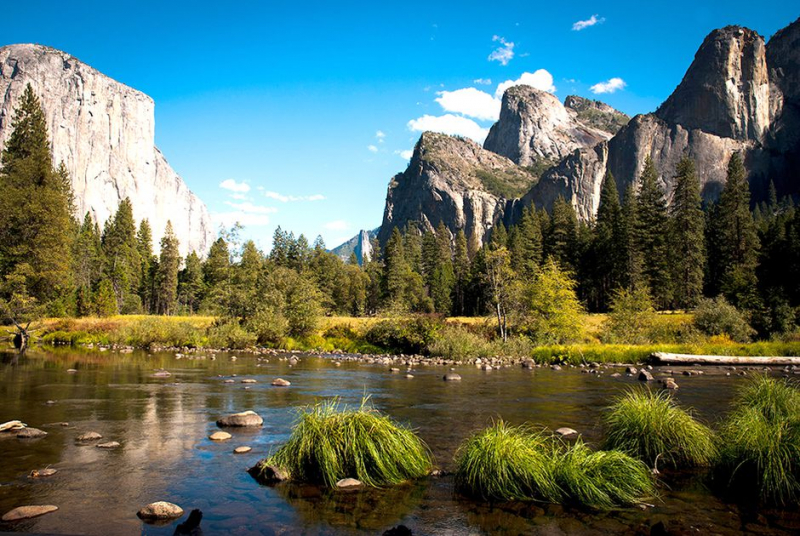
Yosemite National Park 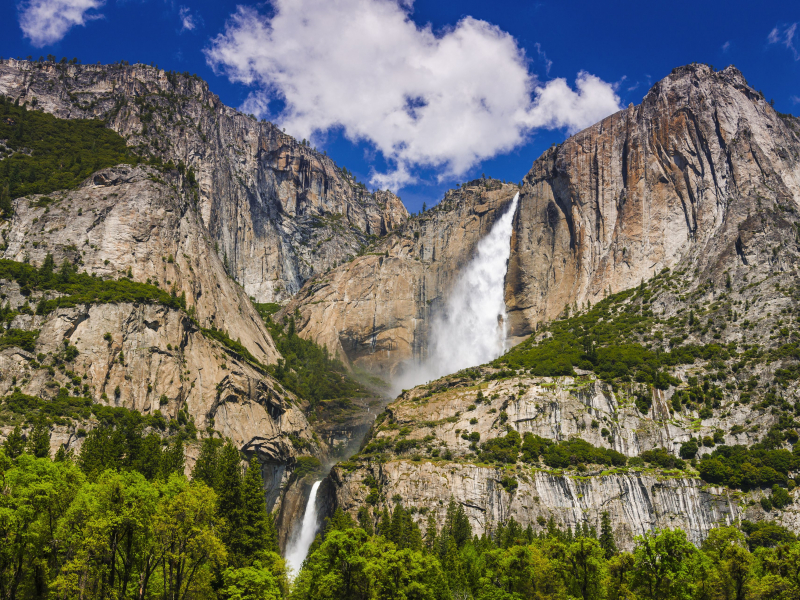
Yosemite National Park -
Joshua Tree National Park, located at the confluence of the Mojave and Colorado Deserts, is a magical world of big boulders, stunning sunsets, and acres of the park's namesake flora. In Joshua Tree, there are numerous opportunities for adventure, as well as campgrounds where you can spend the night. Jumbo Rocks Campground, with over 120 sites and access to massive rock outcroppings and special features like Skull Rock, is popular with families and solo travelers.
The park's busy season is between October and May when temperatures before and after summer keep tourists and resident wildlife inactive during the day. Popular activities in Joshua Tree National Park include hiking, stargazing, and rock climbing on the park's 8,000-plus established climbing routes. Joshua Tree National Park also has several spring-fed oases marked by palm trees, which are a great place to find shade and cooler temperatures in the park.
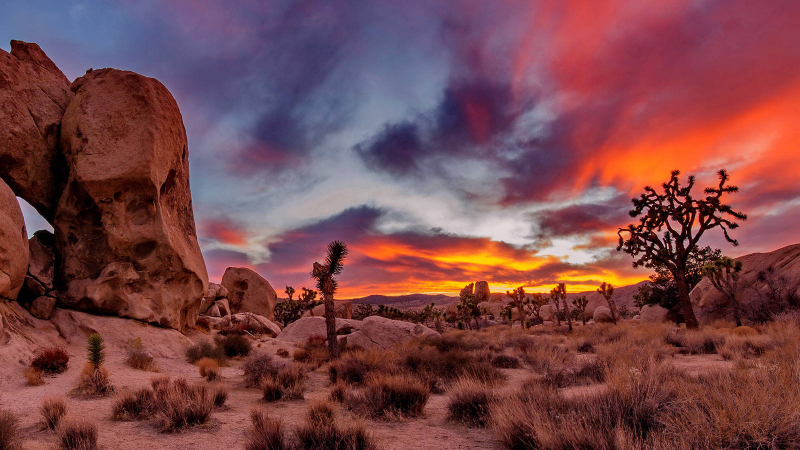
Joshua Tree National Park 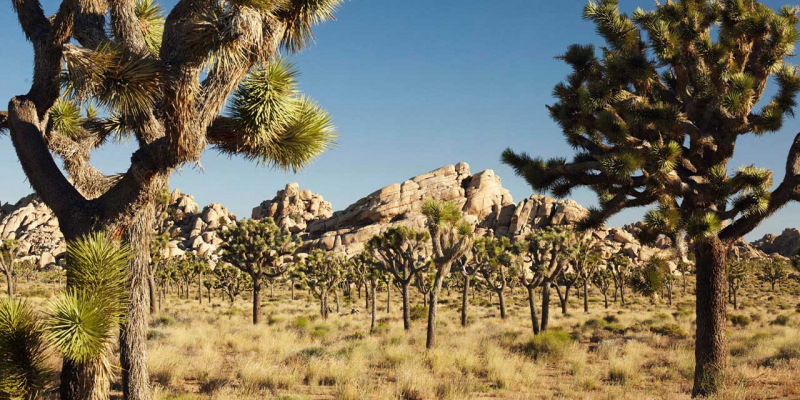
Joshua Tree National Park -
Death Valley National Park, with its sand dunes, salt flats, and mysterious moving rocks, contains some of the country's most extreme environmental extremes. Death Valley has some of the lowest elevations in the country, with summer temperatures regularly reaching 120 degrees Fahrenheit. The Badwater Basin region of the park, which is filled with polygon salt formations, provides a one-of-a-kind opportunity to explore 280 feet below sea level.
Spring is the busiest season for visitors to Death Valley National Park, with the best chance of seeing a wildflower super bloom from late March to early April. Other dynamic desert environments can be found throughout the park, such as exploding salt crystals at the Devils Golf Course and mountain-sized sand dunes at Mesquite Flats. The Furnace Creek area of the park, which serves as a base camp for many visitors, has amenities such as a visitor center and a variety of lodging options, including seasonal campgrounds.
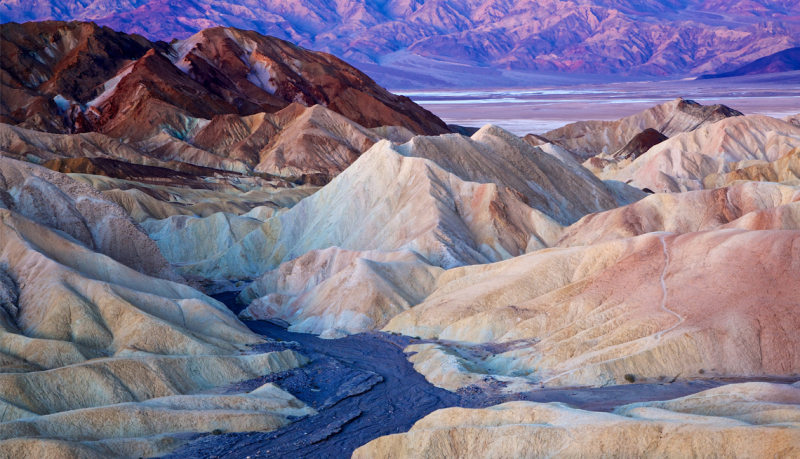
Death Valley National Park 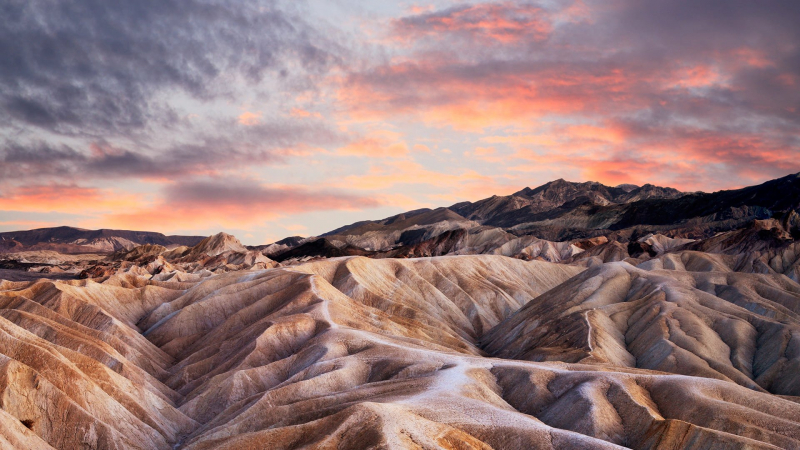
Death Valley National Park -
Sequoia National Park is probably the only national park in the United States where it is a good idea to stretch your neck before entering. This is due to the fact that Sequoia National Park is home to some of the world's largest trees by volume. The park's main attraction, the General Sherman Tree, is the largest, standing 275 feet tall and 36 feet in diameter. This incredible tree, as well as others, can be found in the park's aptly named Giant Forest, one of several giant sequoia groves.
However, getting to all of this breathtaking natural beauty will take some effort. To get here, drive 80 miles southeast of Fresno, or nearly four hours from Los Angeles or San Jose, the closest cities with international airports. The Wuksachi Lodge (rates hover around $295 per night) and campgrounds are available on-site, with rates ranging from $22 to $70 per night depending on group size.
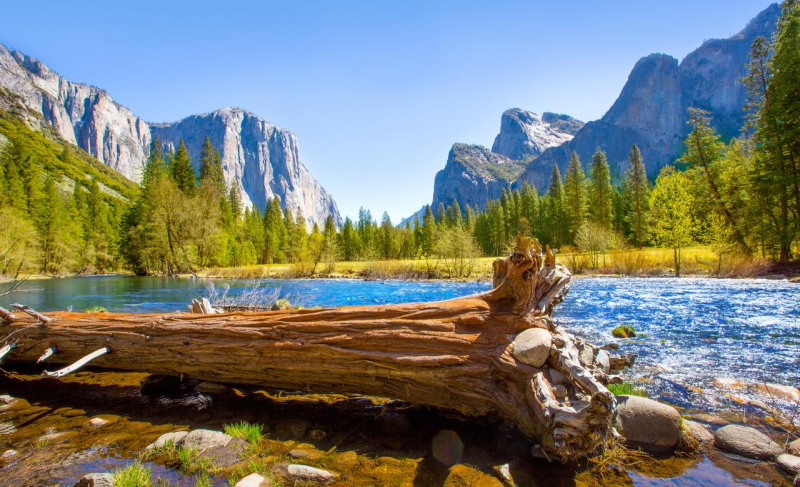
Sequoia National Park 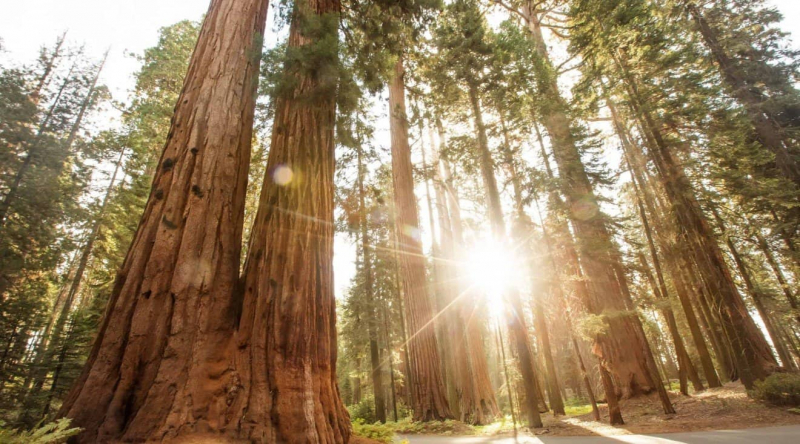
Sequoia National Park -
Kings Canyon National Park is ideal for those who want to experience the landscapes and adventures that Yosemite has to offer but don't want to deal with large crowds. Kings Canyon resembles Yosemite in appearance, with rocky peaks and picturesque valleys awash in granite rock and lush forestry.
Kings Canyon National Park, like its neighbor Sequoia National Park, has sequoia groves, but it's the park's sweeping valley vistas that steal the show. Visit Moro Rock for panoramic views of the Great Western Divide, drive along Kings Canyon Scenic Byway, or hike its many trails to work up a sweat. Kings Canyon National Park is located in central California, about 240 miles north of Los Angeles.
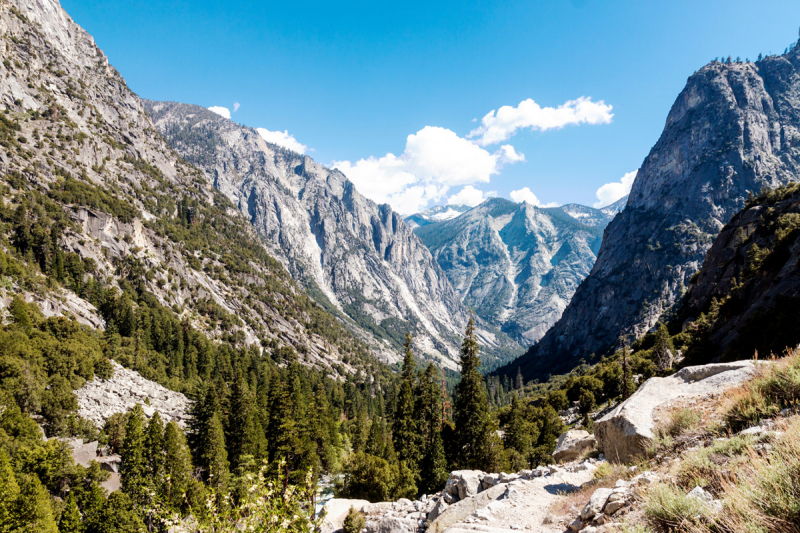
Kings Canyon National Park 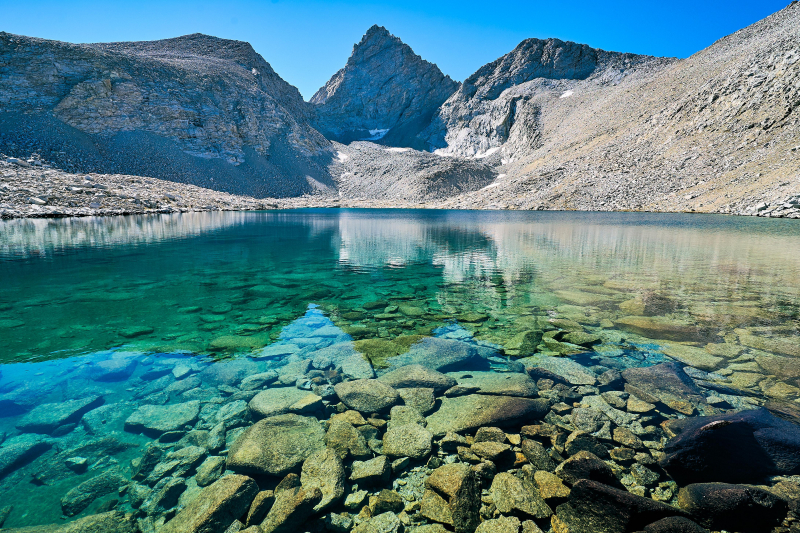
Kings Canyon National Park -
This small national monument is about 10 miles southwest of downtown San Diego on the Point Loma Peninsula, but the views alone are worth the trip. The Cabrillo National Monument is named after Juan Rodriguez Cabrillo, the first European explorer to reach the west coast in 1542. The monument's top features a commemorative statue and provides breathtaking 360-degree views. From here, you can see the Pacific Ocean to your right, downtown San Diego to your left, and, on a clear day, Mexico to your south.
If you can tear yourself away from the breathtaking views of southern California, take Cabrillo Road down to the coast, where you'll find a scenic waterfront pathway leading to a small beach (not suitable for swimming) and tide pools. This is a great place to see Pacific gray whales as they migrate south for the winter between December and February.
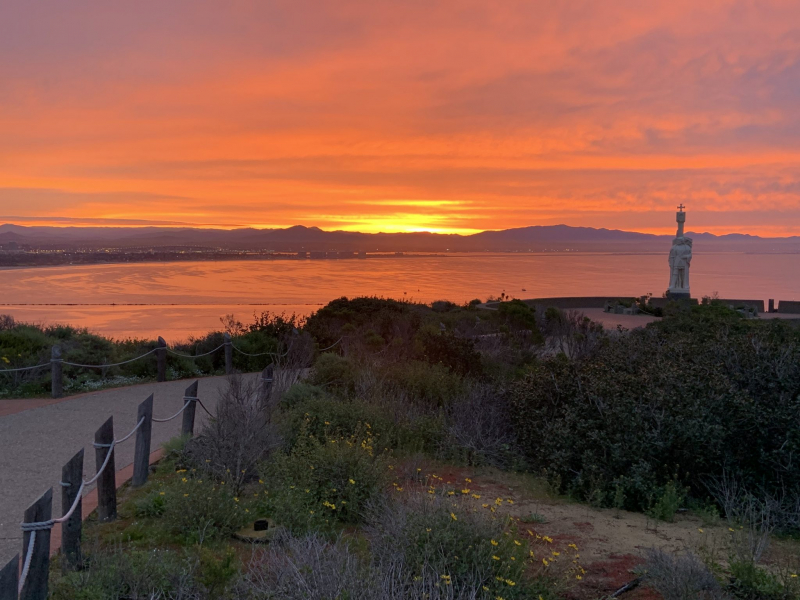
Cabrillo National Monument 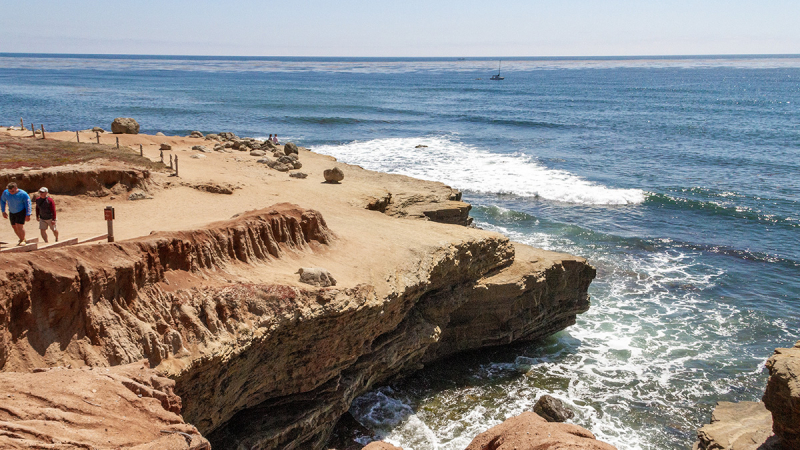
Cabrillo National Monument -
Point Reyes Station is one of those places that take your breath away. Point Reyes National Seashore is located in northern California, about 40 miles northwest of San Francisco, and is home to breathtaking coastal landscapes, captivating cliffside beaches, sprawling wilderness, and diverse wildlife. The spectacular views at Point Reyes Lighthouse and the nearby Elephant Seal Overlook will delight leisure travelers, while adventure travelers will enjoy traversing the equally stunning 9.7-mile out and back Tomales Point Trail and the 5-mile Laguna-Coast Loop.
You won't want to leave without passing through the enchanting Cypress Tree Tunnel, a quarter-mile-long driveway framed by Monterey cypress trees. Backcountry campgrounds, which start at $30 per night, or the HI Point Reyes Hostel, the only non-camping lodging option within the national seashore, are available.
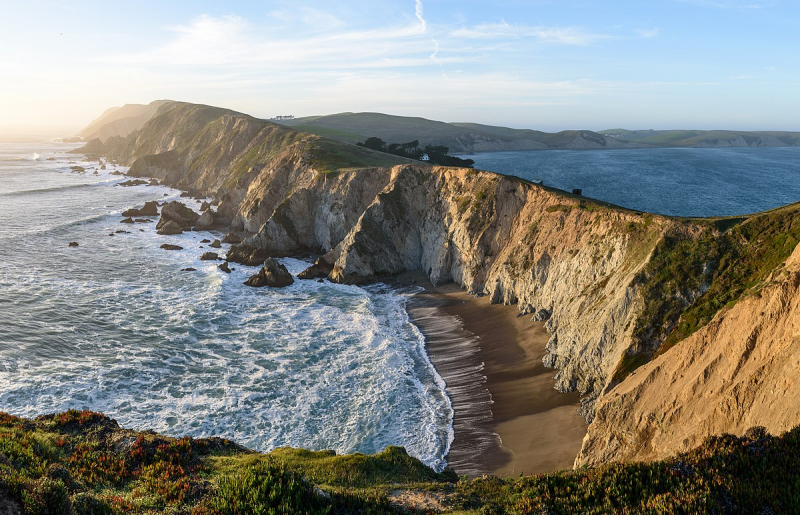
Point Reyes National Seashore 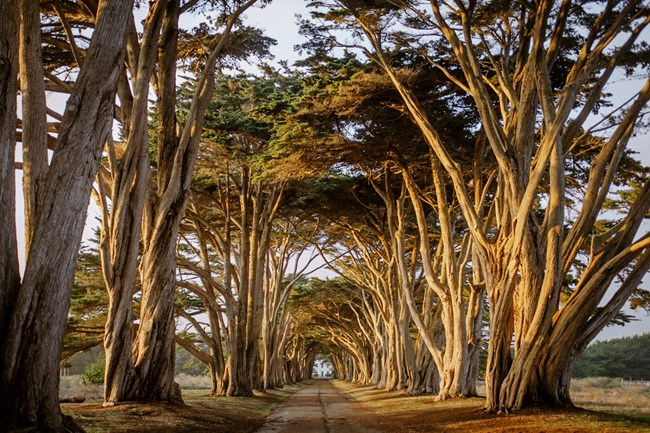
Point Reyes National Seashore -
The Golden Gate National Recreation Area (GGNRA) is a National Recreation Area in the United States that protects ecologically and historically significant landscapes in the San Francisco Bay Area. The park contains a large portion of land that was previously used by the United States Army. GGNRA is managed by the National Park Service and is the most visited unit of the National Park system in the United States, receiving over 15 million visitors per year.
The park is not a single continuous location, but rather a collection of areas spanning from southern San Mateo County to northern Marin County, as well as several San Francisco neighborhoods. The park is as diverse as it is large, and it contains well-known tourist attractions such as Muir Woods National Monument, Alcatraz, and the San Francisco Presidio. The GGNRA also contains over 3,000 plant and animal species, 59 miles (95 km) of bay and ocean shoreline, and military fortifications dating from the Spanish conquistadors to Cold War-era Nike missile sites.
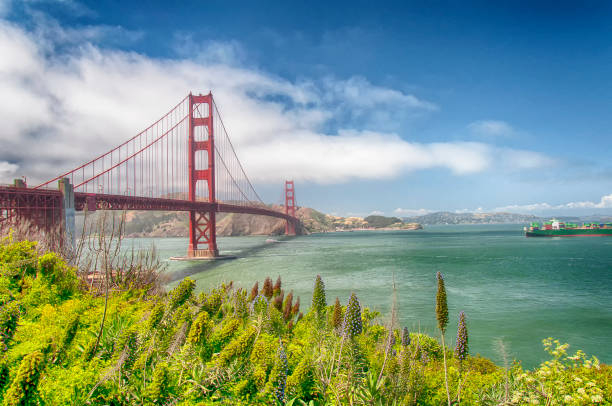
Golden Gate National Recreation Area 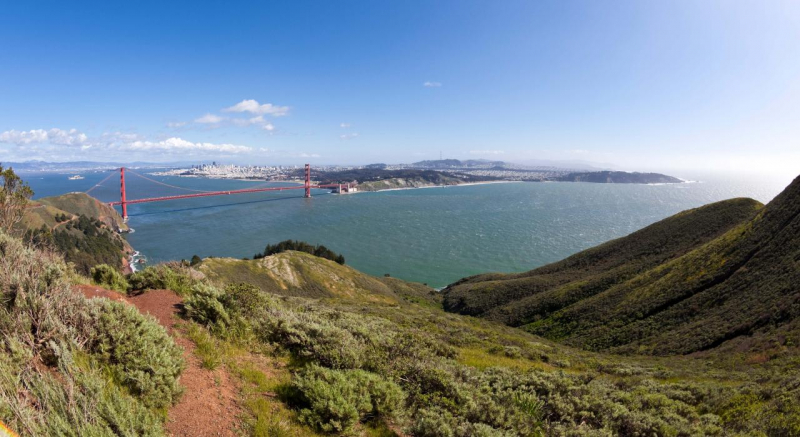
Golden Gate National Recreation Area -
The Santa Monica Mountains National Recreation Area, which runs along the Malibu coastline, is impressive: it includes nine state parks as well as some of Los Angeles' most popular beaches. Recent visitors gave Zuma Beach and El Matador State Beach high marks, but beachgoers should also check out Point Dume State Preserve and Leo Carrillo State Park for spectacular shorelines. In the meantime, hikers should visit Malibu Creek State Park, which is home to California redwoods, or Point Mugu State Park, which has scenic canyon trails.
Let's go to the Rising Sun Trail in Solstice Canyon or the Los Liones Trail in Topanga State Park for a challenging climb. Then, when you need a break from the California sun, visit the Satwiwa Native American Indian Culture Center in Newbury Park to learn about the Chumash people's history. When it comes time to sleep, the recreation area also has campgrounds that start at $10 per person, per night.
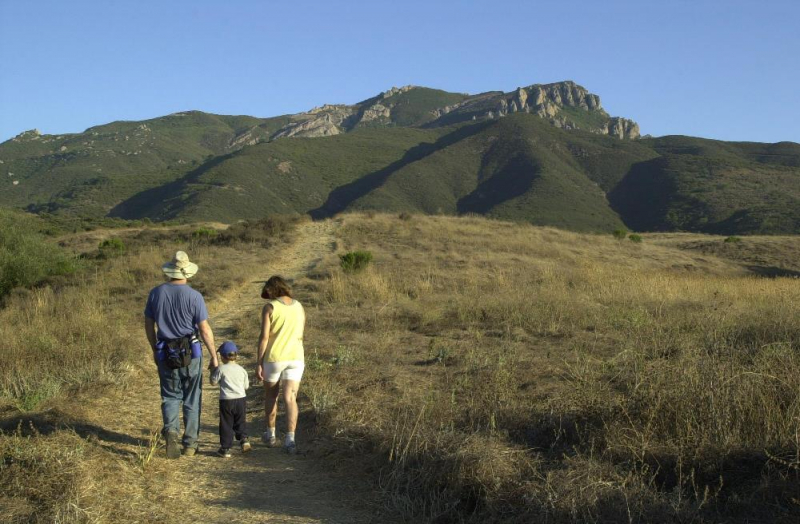
Santa Monica Mountains National Recreation Area 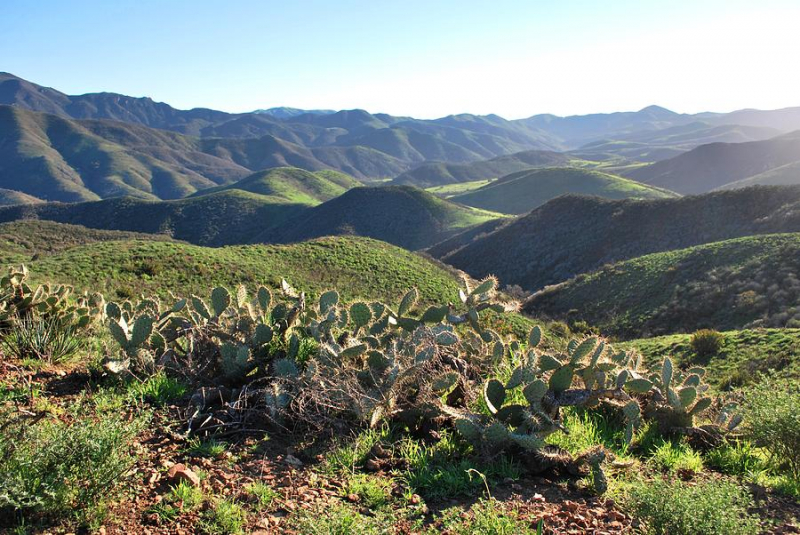
Santa Monica Mountains National Recreation Area -
Among the many natural wonders that California is famous for, the state's towering redwood trees are the most notable. Redwoods are the world's tallest tree species, and California is one of only two states in the United States where they can be found (the other is coastal Oregon). Redwood National Park is unique in that it encompasses several parks along California's northwestern coast.
Big Basin Redwoods State Park, California's oldest state park, and Humboldt Redwoods State Park, home to the world's largest remaining contiguous old-growth forest of coastal redwoods, are both must-sees. There are numerous camping options (starting at $35 per night), but cabins are only available in Prairie Creek Redwoods State Park and Jedediah Smith Redwoods State Park (for $80 to $100 per night, depending on the season).
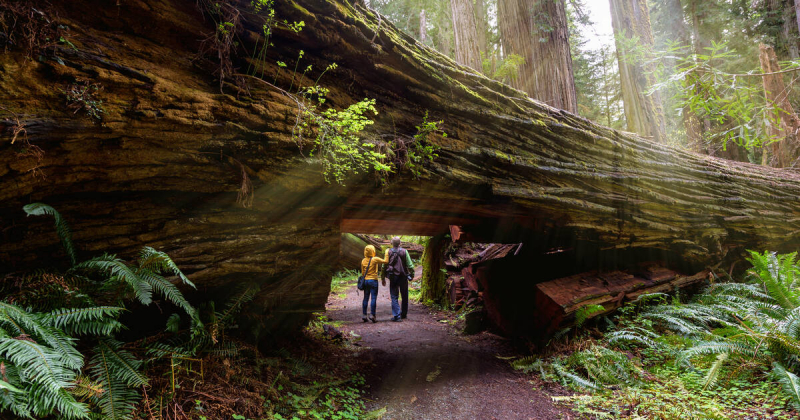
Redwood National and State Parks 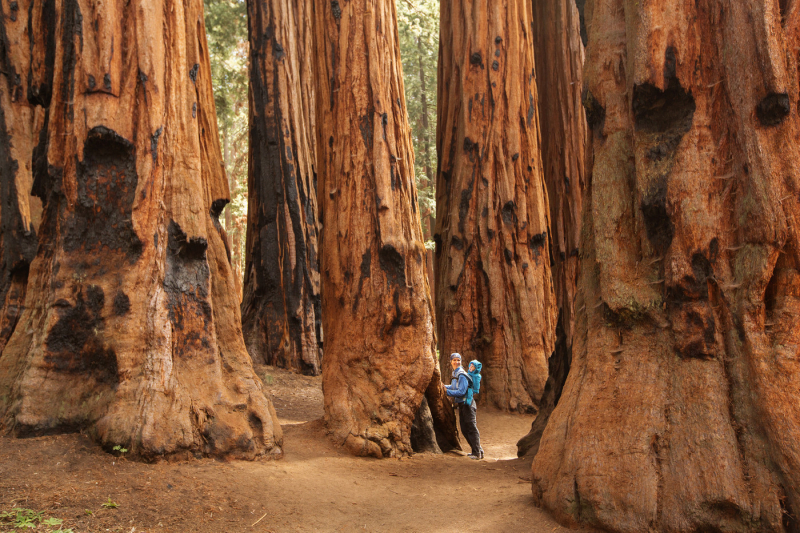
Redwood National and State Parks












